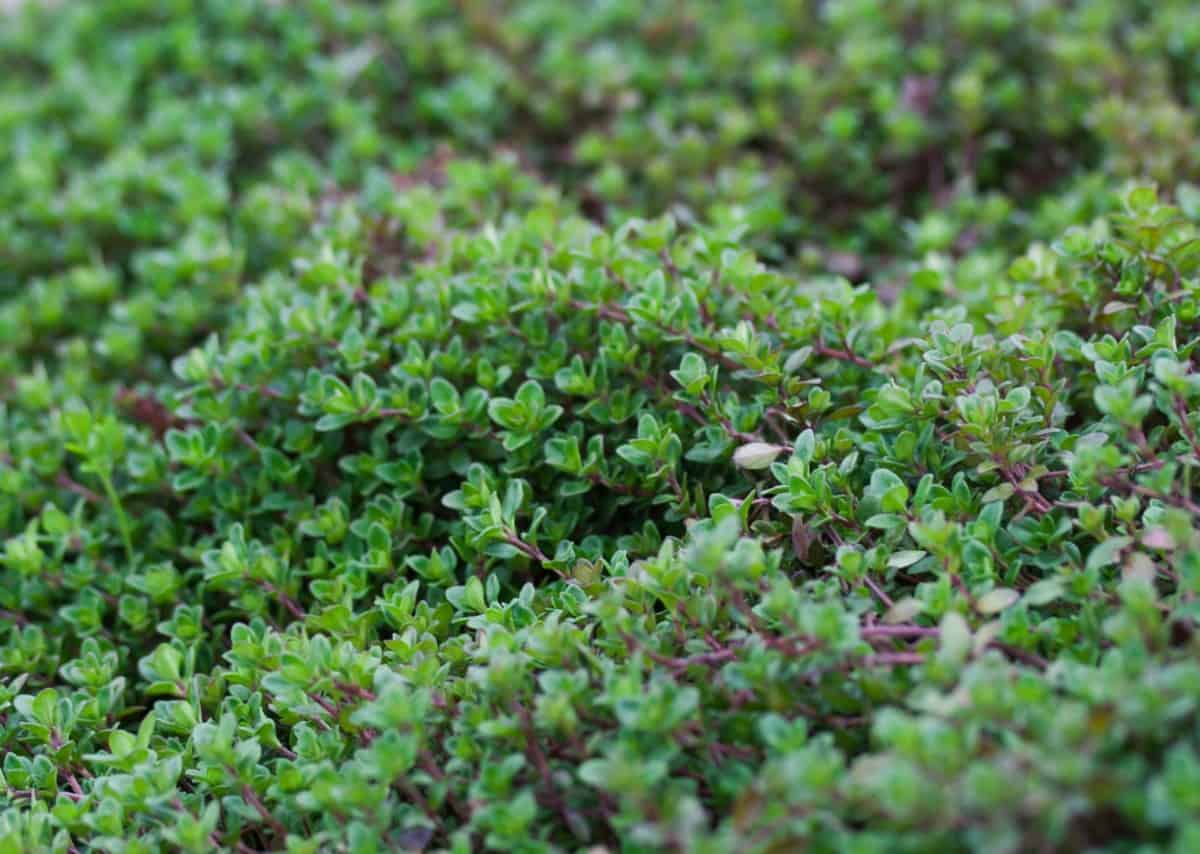

Our picks for the best ground cover plants include a variety of colors of textures, making them proven winners for small backyards and English gardens alike. This plant looks like creeping thyme because of its little dark green leaves on trailing stems, but it doesn’t have any fragrance, unlike creeping thyme. Whether you’re a seasoned gardener with very specific requirements or a novice just starting to grow your green thumb, you’ve come to the right place to start planning the base of your landscape. Thyme Leaf Speedwell (Veronica oltensis) is a lovely, hardy ground cover with thin stems of small evergreen leaves surrounded by pretty blue flowers in the start and the middle of spring. Just don't forget to consult the USDA Plant Hardiness Zone Map before making your final selects.
#GOLD THYME GROUND COVER FULL#
Added bonus: Options exist for both full sun and shade perennials, so you’re sure to find something that works for your space. Low-growing perennial flowers are great for adding color, preventing pesky weeds, and avoiding erosion. In addition to division, mounding thymes may be propagated by stem cutting. In spring or fall, I slice small clumps, roughly 2 inches square, from an established plant and either pot them or plant them in another site. Why use ground cover plants? They’re helpful in a variety of ways. Cover more ground by dividing your thyme Both creeping and mounding thymes are most easily and reliably propagated by division. Many are low-maintenance enough to even walk on, which means you won’t have to worry about occasionally dragging your hose across the blooms, or be constantly wary of wandering children stepping off your footpaths. Irish moss is a low-growing prostrate perennial ground cover plant forming a thick, dense mat with stems less than 10 cm long, and slender awl-shaped leaves of about 1 cm long, covering thin, creeping stems. Typically only a few inches in height, they often form a dense “cover” of the soil below to help protect it. Sagina subulata is the scientific name for Irish moss ground cover plant. Ground cover plants consist of low-growing flowers and greenery that sprawl, or crawl, across the ground. This succulent ground cover tolerates salt, frost and drought. Either way, if you’re in the market for new landscaping ideas this season, allow us to suggest an oft-used but occasionally overlooked form of flora: ground cover plants! Its mature size is one foot high and 8 feet wide, so it can cover a lot of ground. This woody, evergreen ground cover has green/purplish foliage, spring flowers, and a medium texture. Or maybe you’re just in the mood to shake things up in the greenery department. This ground cover is a good choice for encouraging wildlife, for erosion and riparian control, and for rock gardens. Perhaps your backyard has a bit of a pesky bald spot you’ve been looking to cover.


 0 kommentar(er)
0 kommentar(er)
